A Look Inside MSR’s On-Site Tooling Shop
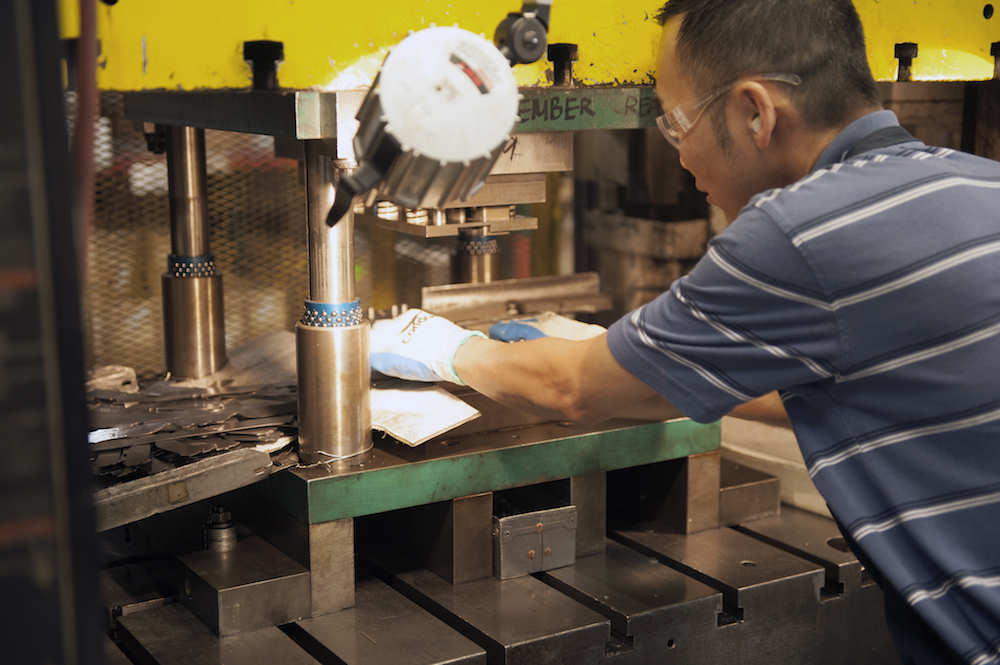
At MSR, we don’t just design our gear right here in Seattle’s SODO district, we also design the tools we use to build those products. Rare in the outdoor industry, the MSR tooling shop plays a critical role in our manufacturing process. Because we create these tools in-house, we retain control of virtually every step in the production process, which helps improve the quality of our products and provides key insight for future innovations. In a way, the tooling shop is where the manufacturing of our sheet metal parts really begins. Here’s a look inside this small but important space.
What it does
Tucked deep in a corner of our Seattle factory, the tooling shop is staffed by a team of three with backgrounds in machining, engineering and material science. This team is responsible for designing, and then actually custom building the tools that create the metal components that go into our gear.
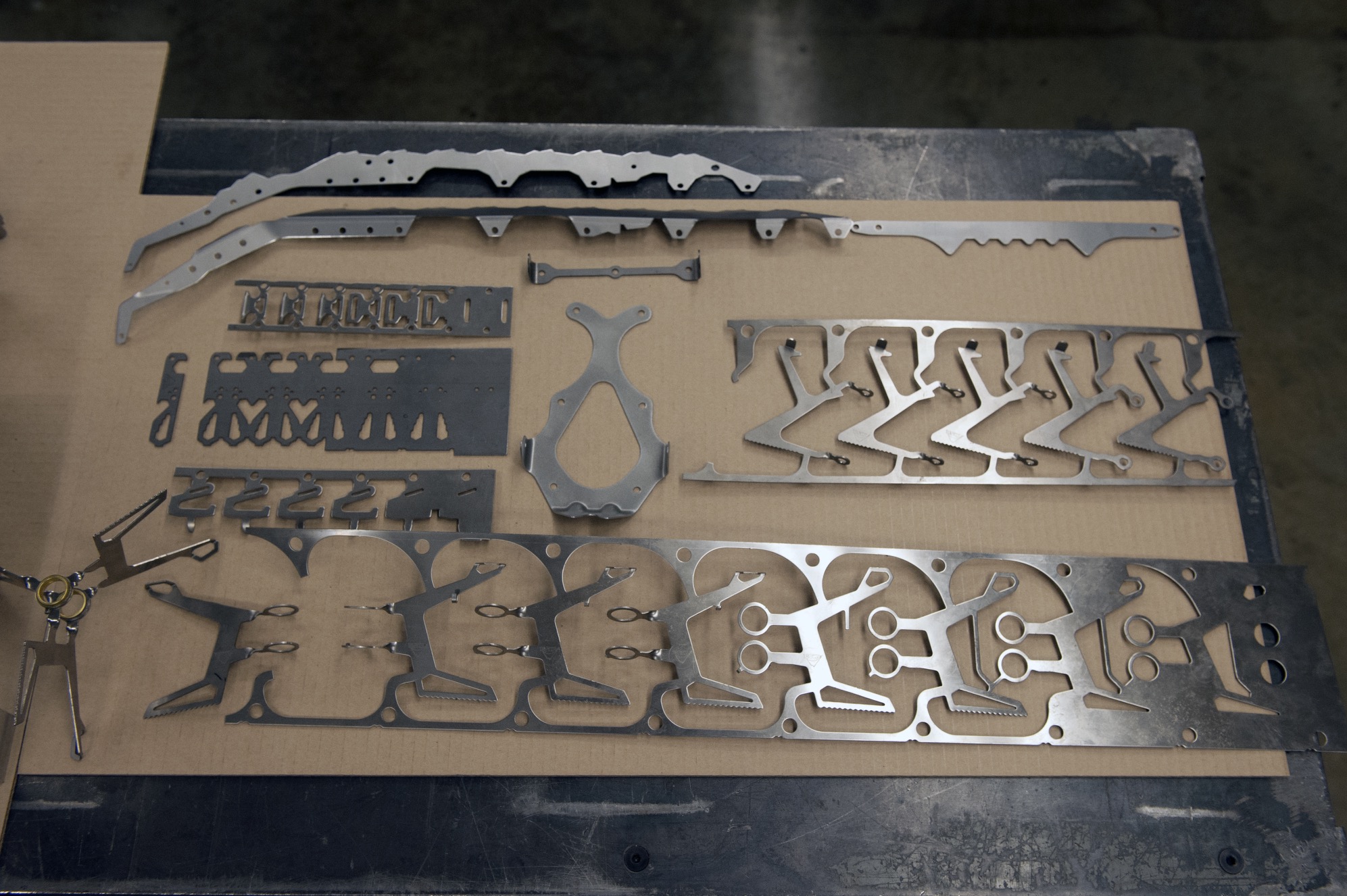
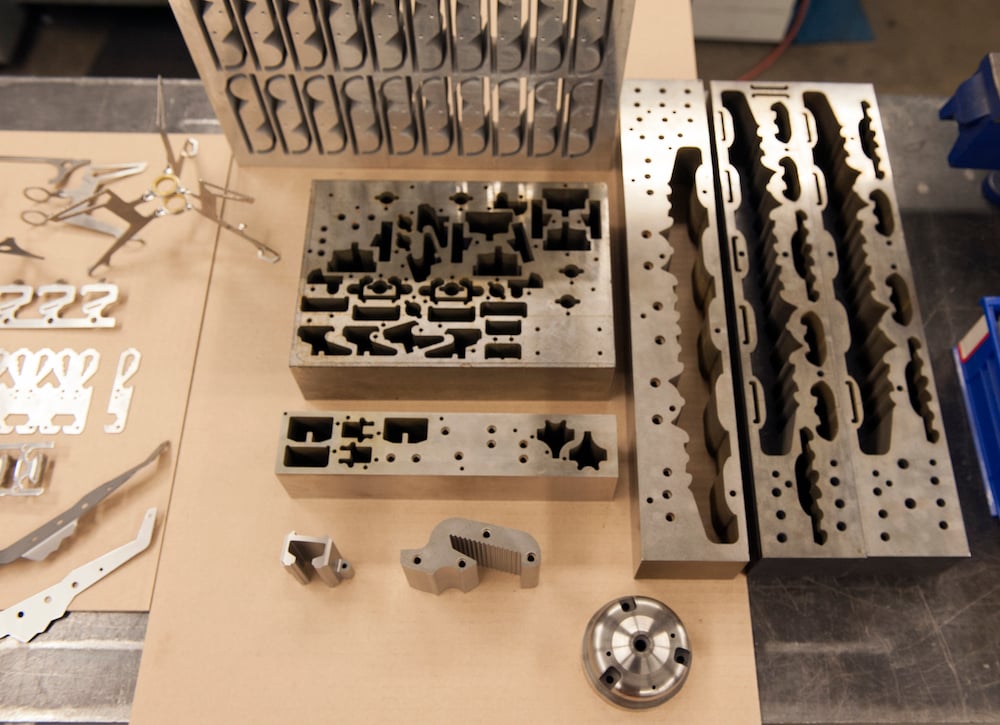
Before they become things like stove legs and snowshoe traction bars, these gear bits start off as large sheets or coils of steel. The process of turning them into functioning parts begins with a CAD model of the part’s design. Looking at the model, the team considers where the part will be used, its intended functionality, and how durable it needs to be. With this knowledge, they design and fabricate a tool, called a progressive die, that will be used by our giant punch press machines to stamp out the part.
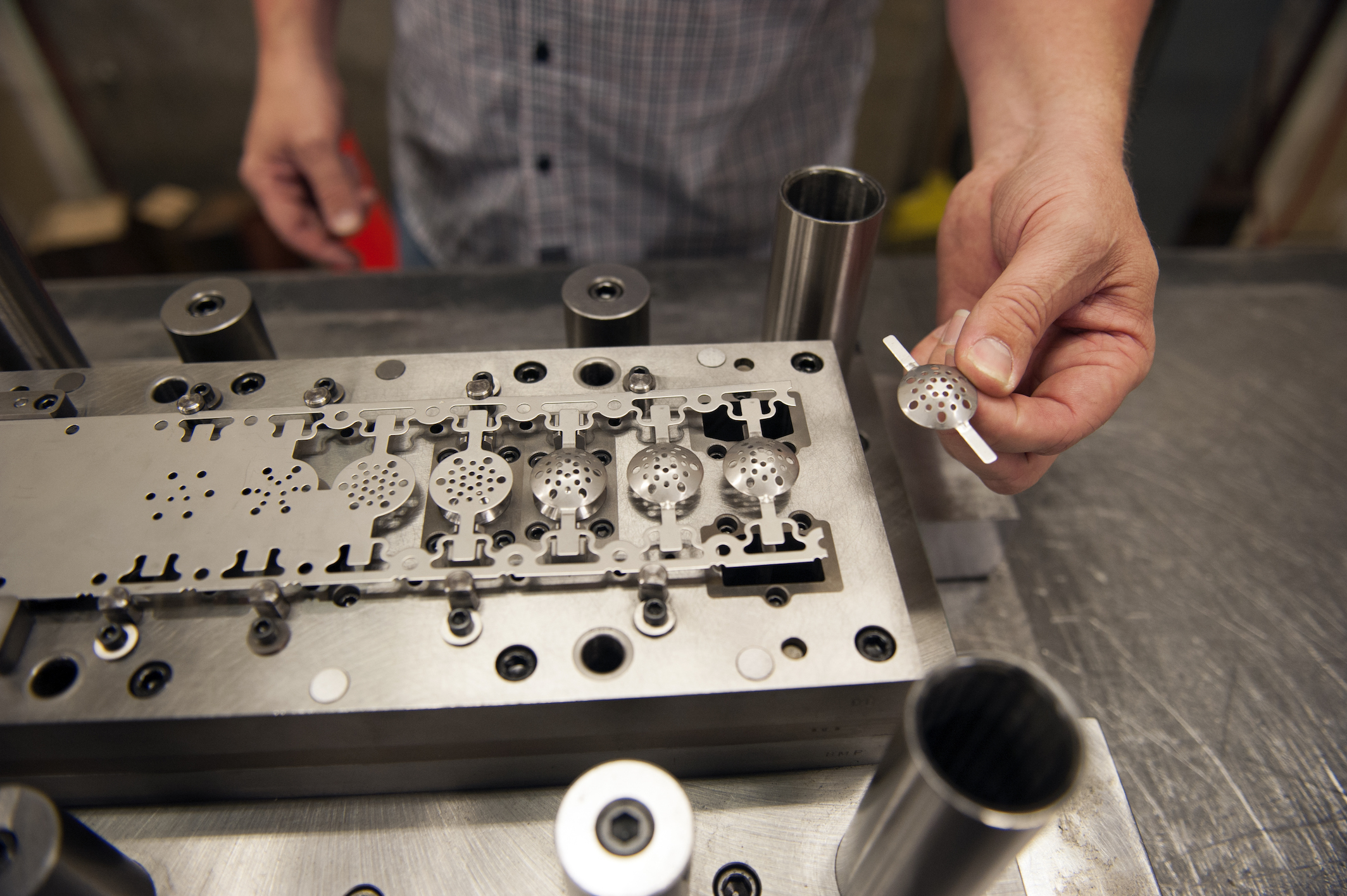
Progressive die stamps look like a string of successive cookie cutters. As the steel is fed through the punch press, the die stamp punches the part’s design in stages, adding shape as the material moves along the tool. Progressive dies can even be designed to bend and form the material, shaping the part into its final configuration—a stove leg with pot supports and rings to hold the fuel mixer tube, for example.
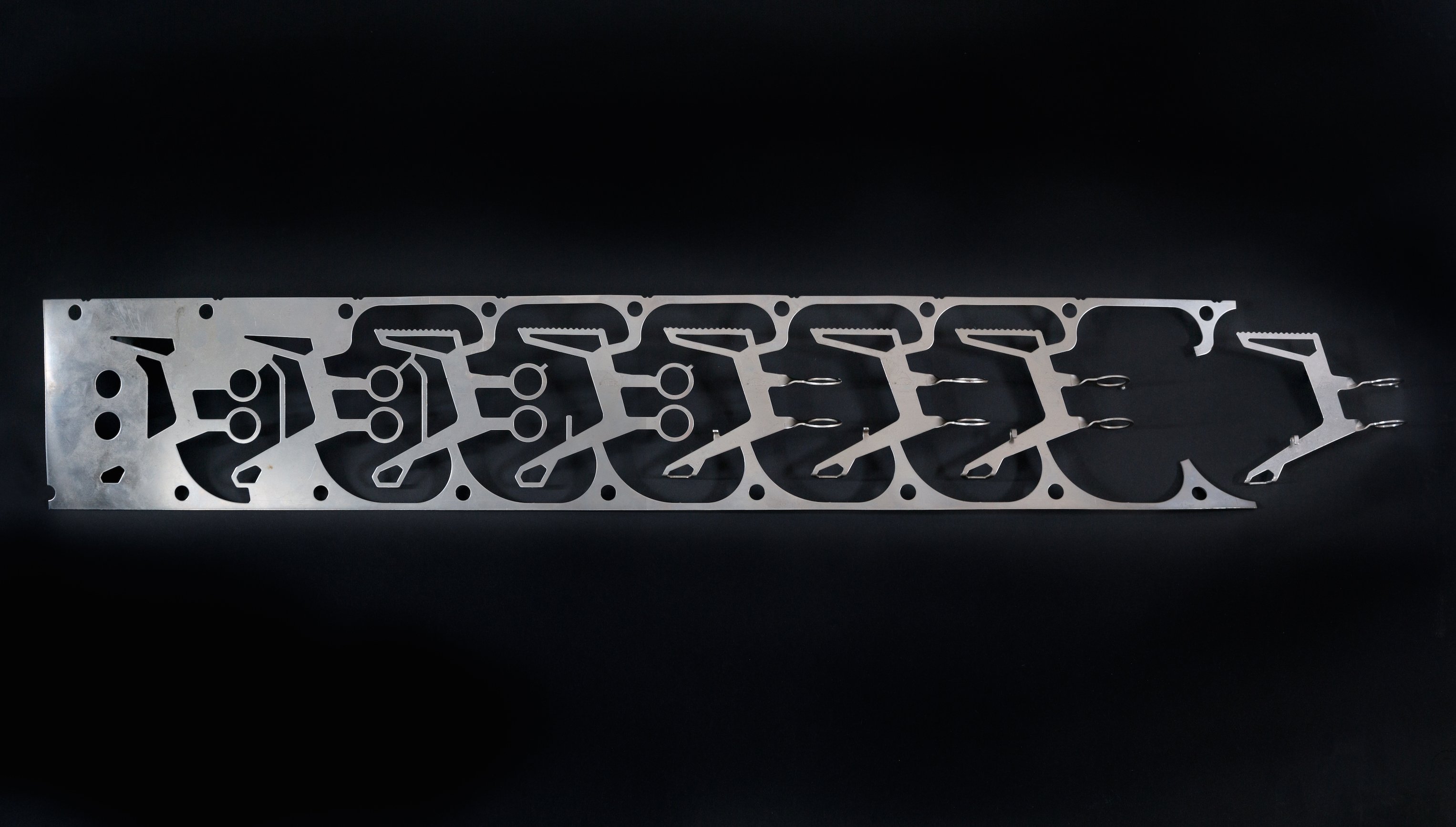
Making parts with progressive dies improves the integrity of the part because it controls the amount of force placed on the metal at any given time.
The machines that use these tools
As we walk through the factory to our desks every day, we hear the constant thud of the large punch press machines stamping away. The machine that makes our WhisperLite legs and steel snowshoe traction bars punches these parts out with a force of more than 300 tons. To accommodate the weight and forces of this large equipment, we had to dig deep beneath the factory floor to create a base that would support it.
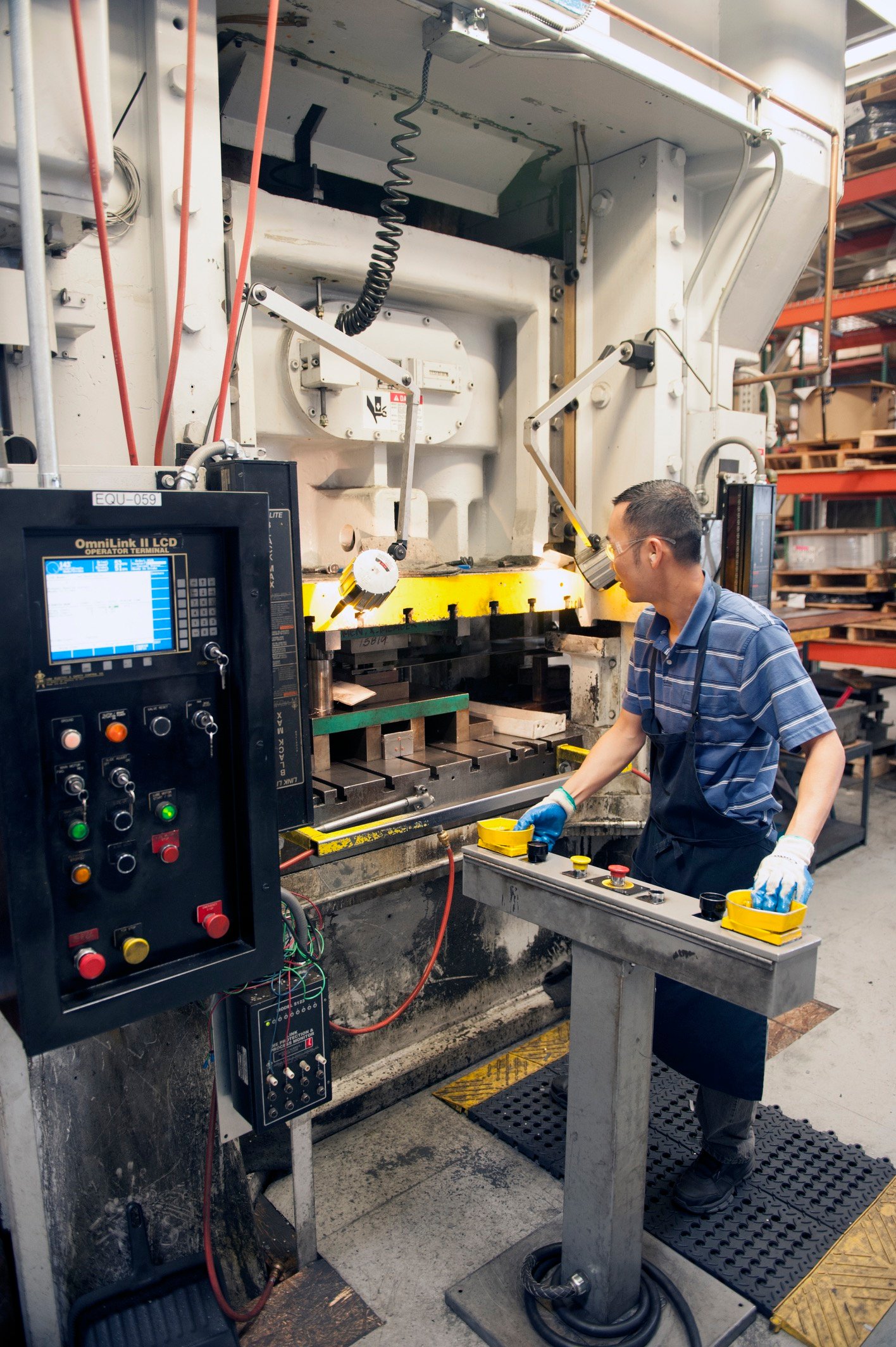
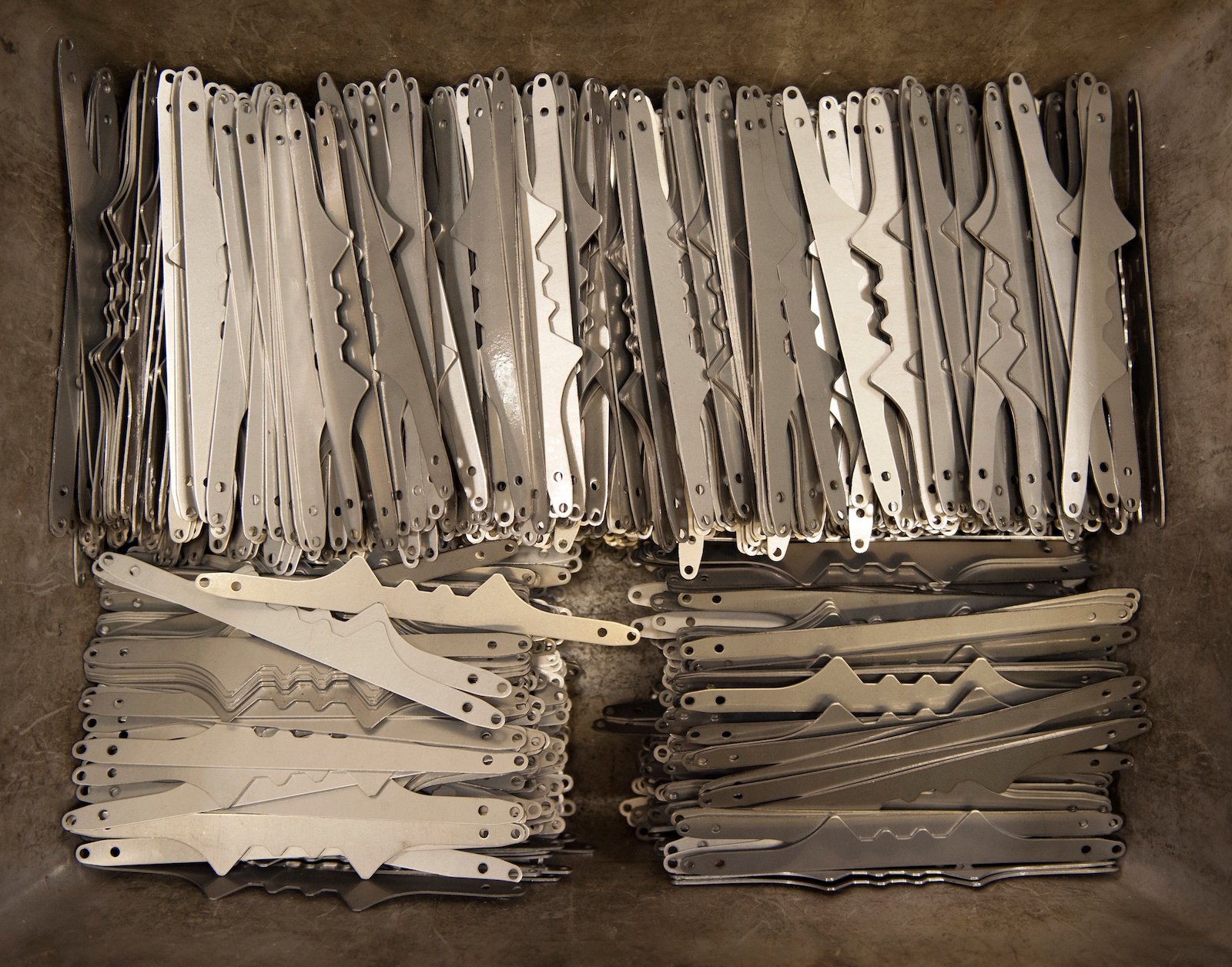
Some of our progressive dies have punched millions of parts. And as they wear over time, the shop team services the tools, rebuilding them as needed.
How we actually design and fabricate the tools
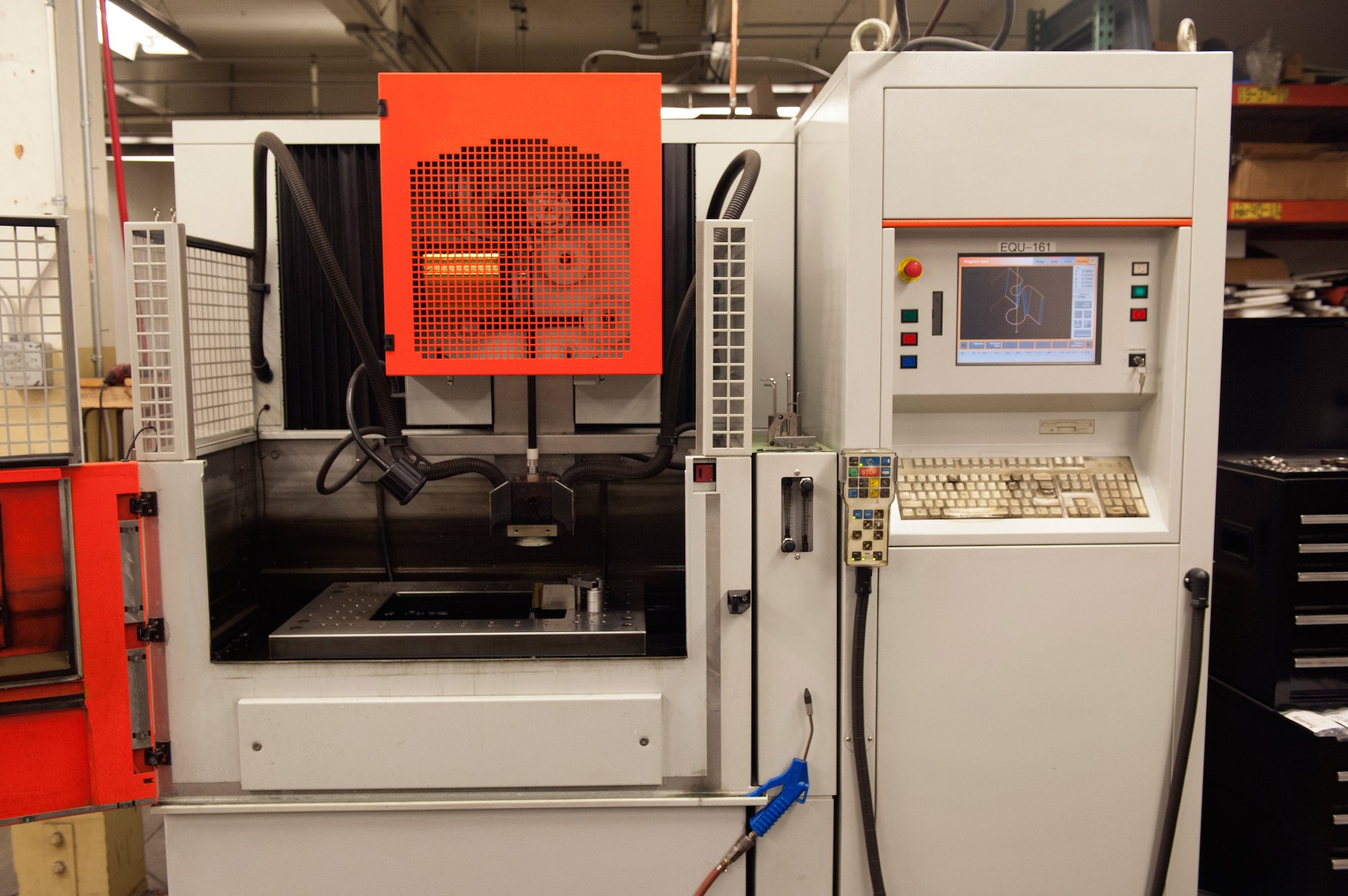
The shop team uses a variety of precise machines to cut the die stamp components from blocks of tool steel. One of these machines is a sophisticated Wire EDM (electrical discharge machine). It uses an electrified wire to create a very clean, precision-cut tool. We also use a CNC machine to quickly cut tools to support our other factory machines or make one-off prototypes for the product team.
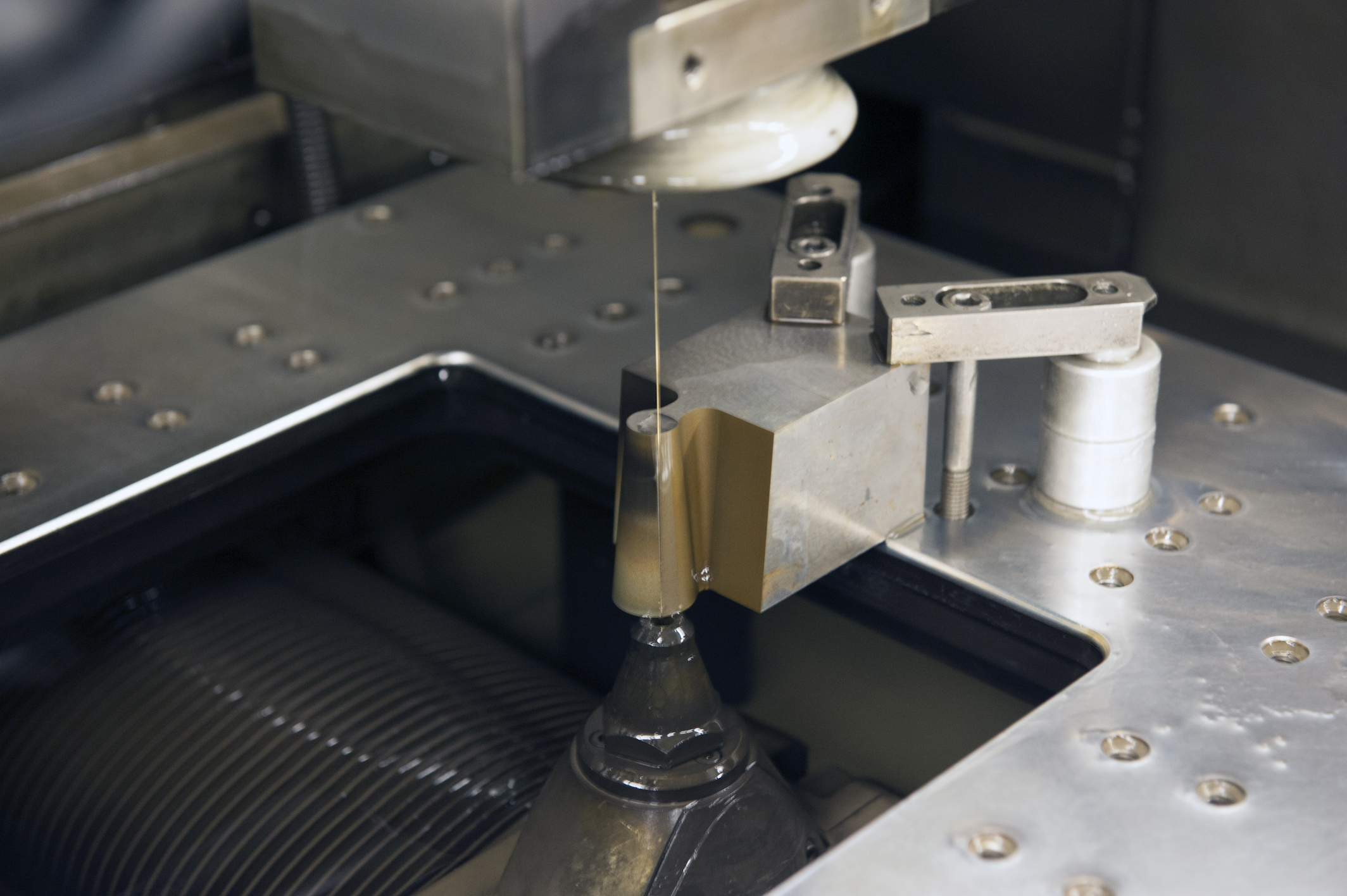
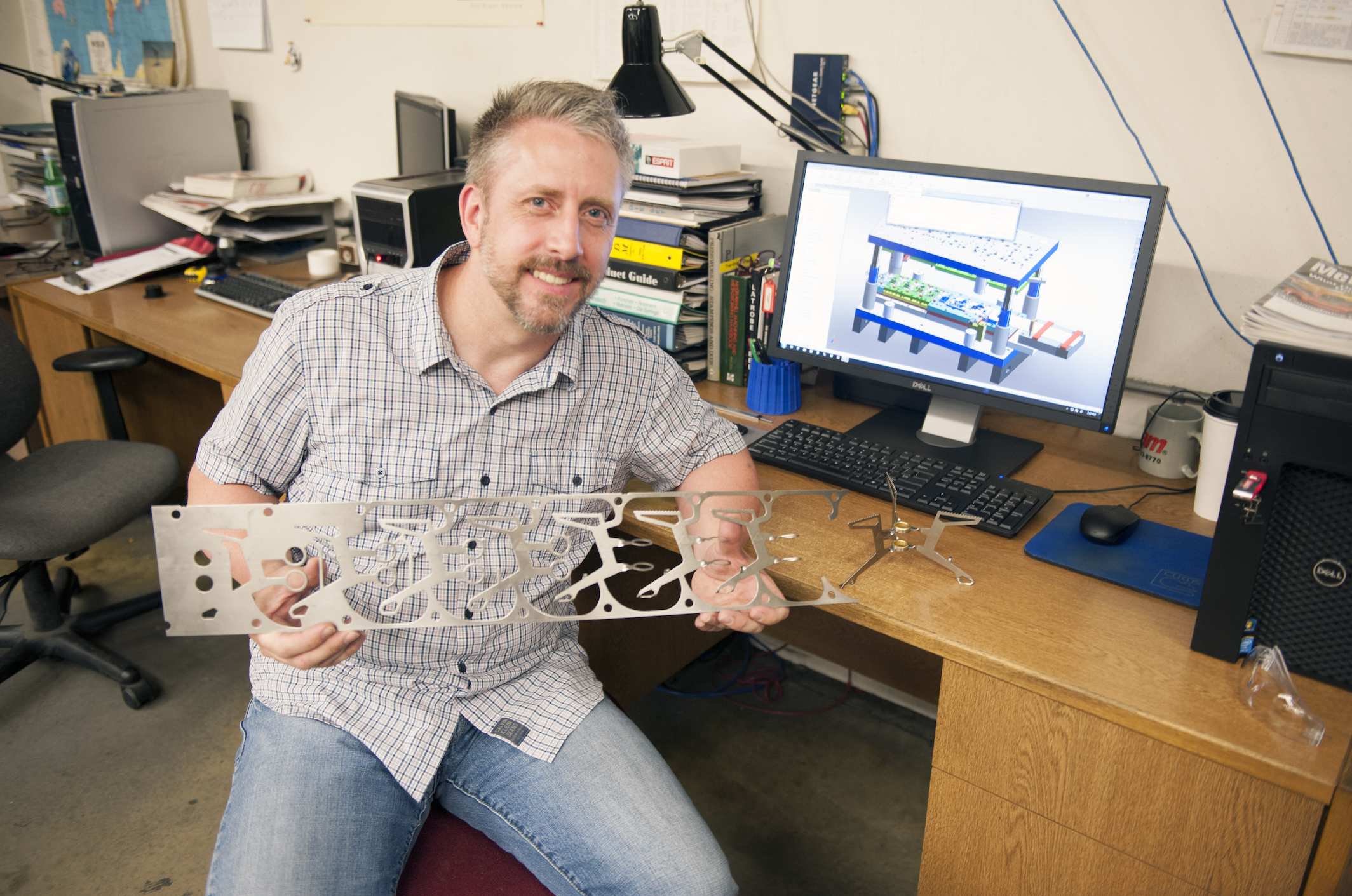
The tool shop’s supervisor is Tim Sandin, who’s been with the company since 2004. To design a progressive die and its components, he must calculate the forces the tools will need to endure, how long they must last, as well as ways to improve production efficiency and reduce waste. “You want the tool to create as little scrap as possible without compromising the quality of the part,” he says. MSR practices lean manufacturing, which means we design efficiency into our entire process—everything from material use to our production team’s movements on the line.
Collaboration and quality control
The tool shop’s close proximity to our product development team—just down a flight of stairs—is paramount. Together, the teams talk design, gear functionality, materials and what can and can’t be done. Because the product team can review the parts being made in real-time, fewer mistakes happen.
“I enjoy the challenge of figuring out how to design a tool that delivers the part the product guys need for new, innovative designs,” Tim says. “It’s great going to retailers and seeing the final products on the shelf, and knowing the tooling shop has a big responsibility.”
In-house tooling shops are common in the auto industry, but not many outdoor gear companies have the industrial infrastructure that warrants them. As a gear manufacturer, MSR relies on the creative and technical ingenuity of our shop team. Plus, taking a look back at all the tools we’ve created over the years reminds us how timeless MSR gear really is. Currently we have more than 30 die stamps in our shop—some of them decades old and still making products that are popular 30 years after they were introduced and first taken into the field.
